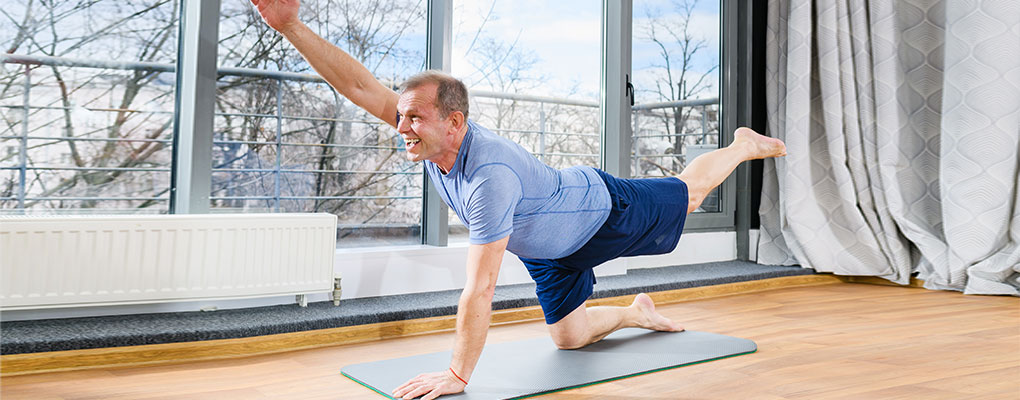
Pilates fits under the umbrella of exercise known as resistance training. Resistance training is good for musculoskeletal and joint health but does not have as great an effect on cardiovascular health and cardio respiratory fitness when compared to other forms of exercise (e.g., running and cycling). Within the Pilates discipline there are many different methods. In this article the term Pilates will refer to the two most common methods: Mat Pilates (uses body weight) and Reformer Pilates (uses springs on the Reformer and body weight).
Muscle Mass
A common misconception about resistance training is that you will “bulk” up as well as having a greater risk of injury compared to cardio exercise. When performed correctly resistance training is a safe form of exercise and to increase muscle size a large volume of resistance training must be completed in combination with a surplus in calorie intake. So, unless someone sets out with a goal to hypertrophy their muscle it is very unlikely that doing moderate intensity resistance training will build much, if any, extra muscle mass. A more likely scenario is the muscle you have will become healthier. A healthy muscle will store more energy (carbohydrates and water instead of fat), have greater muscle tone (greater isometric definition and enhanced ability to produce force), and a decreased risk of injury (greater tolerance for maximal or repetitive load). A healthier muscle also has a larger metabolic demand so it will increase your basal metabolism (the amount of energy a body uses at rest).
Proprioception
Muscles, tendons, and joints have sensors that relay information back to the central nervous system (CNS). From this sensory feedback, the CNS can build a picture of where your body is in space even without visual input – this is proprioception. All forms of resistance training, including Pilates, have a positive impact on proprioception. Enhancing proprioception can help with daily activities of living, sport related performance, and decreasing falls risk.
Mobility
Mobility is another important factor in increasing both daily and athletic performance. Although flexibility is involved in mobility, they are not to be confused with each other. Flexibility normally refers to your passive range of motion (e.g., while lying down, how far can you pull your straight leg towards your torso to stretch your hamstring). Mobility refers to a more “active” range of movement at your joint (e.g., how deeply can you hip hinge with adequate control and correct technique). This requires not just flexibility but also muscular strength and proprioception. This assists with stability in the joint through a greater range of motion. Pilates movement patterns aim to take you through greater than daily ranges of motion at your joints while under load and over time this will enhance mobility in the joints used.
Weight loss
Although it does not have as great a metabolic demand compared to other modes of exercise, Pilates is still a form of physical activity. Therefore, Pilates can increase your daily energy expenditure and assist with an energy deficit for weight loss. Multiple studies have shown that Pilates alone as an intervention can have a positive impact on body weight, body mass index (BMI), and body fat percentage. It also has a multitude of other benefits: muscular health, tone, strength, and endurance; bone mineral density; balance and proprioception; increased capacity for diaphragmatic breathing.
Pilates for weight loss?
Pilates may not be as effective for weight loss as other modes of exercises, such as running or swimming, due to the smaller number of calories expended. However, it can still have a positive impact on weight. If your current goal is weight loss then completing Pilates can be effective especially when combined with cardio exercise and healthy nutritional intake.
So, if you enjoy Pilates and its benefits align with other goals you have outside of weight loss (e.g. mobility and balance) then it is a fantastic mode of exercise. If you do something you enjoy you are more likely to stick to it and this will help to maintain a healthy lifestyle – sustainability instead of a short-term fix.
Tap to call us at 1800 567 348
Fill in your details below and our team will be in contact shortly to answer your questions and get you started.
"*" indicates required fields